Charles Holland’s east London house refresh offers ‘playful conservation’
Charles Holland’s east London house design for Will Wiles and Hazel Tsao Wiles brings light, colour and flair to a Victorian restoration process
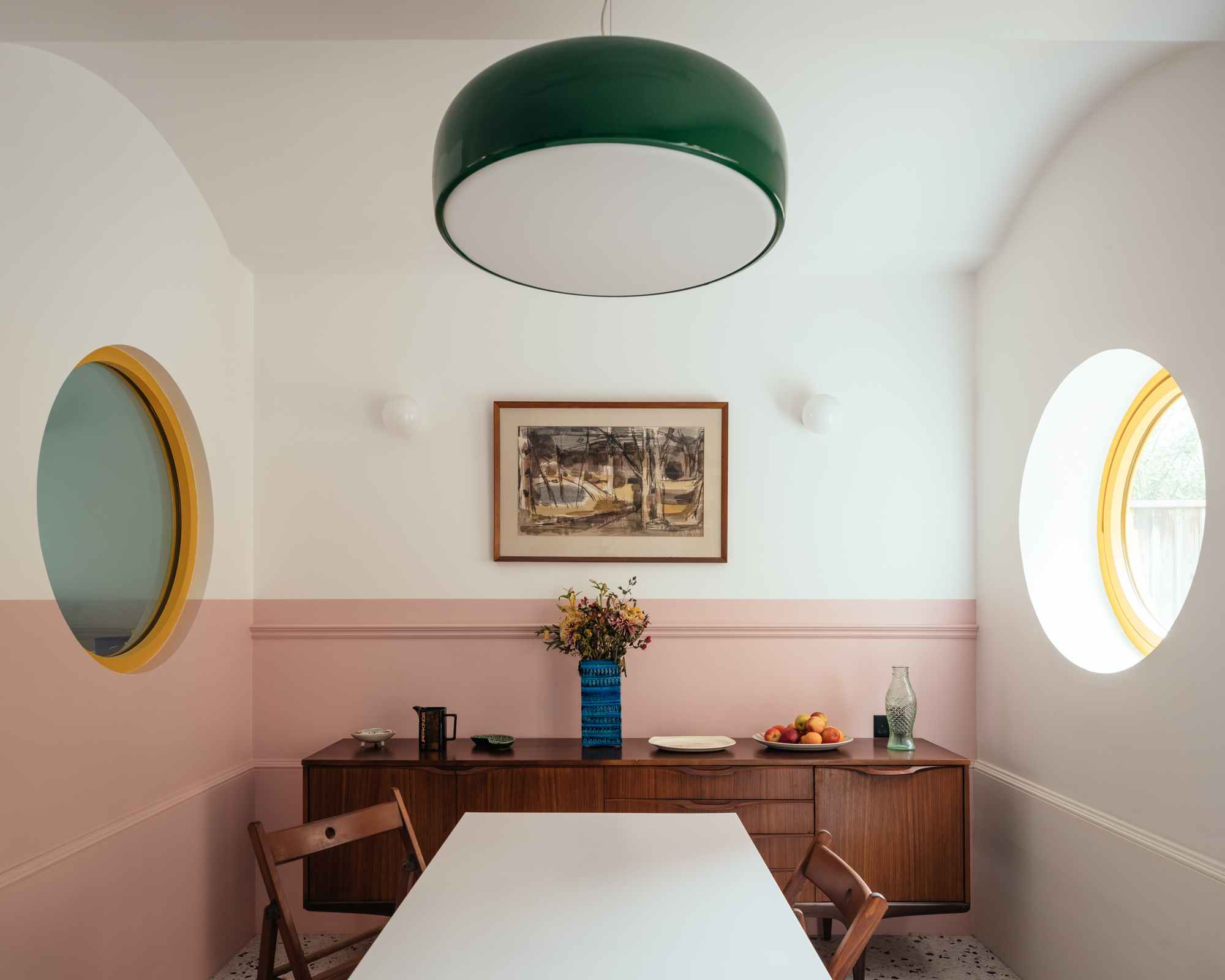
Will Wiles is a friend and fan of the architect Charles Holland. So when he and his wife Hazel Tsoi-Wiles took on the restoration of a Victorian house of ill-repair in the Mile End area of east London, they knew who to call for help. The couple were committed to a sensitive but spirited intervention, rather than simply plugging on a rear-end oblong box. Holland, co-founder of Ordinary Architecture, ex-director of FAT and founder of his own practice in 2016, is known for his post-modernish play with colour, shape and architectural details. The Wileses were confident Holland could deliver.
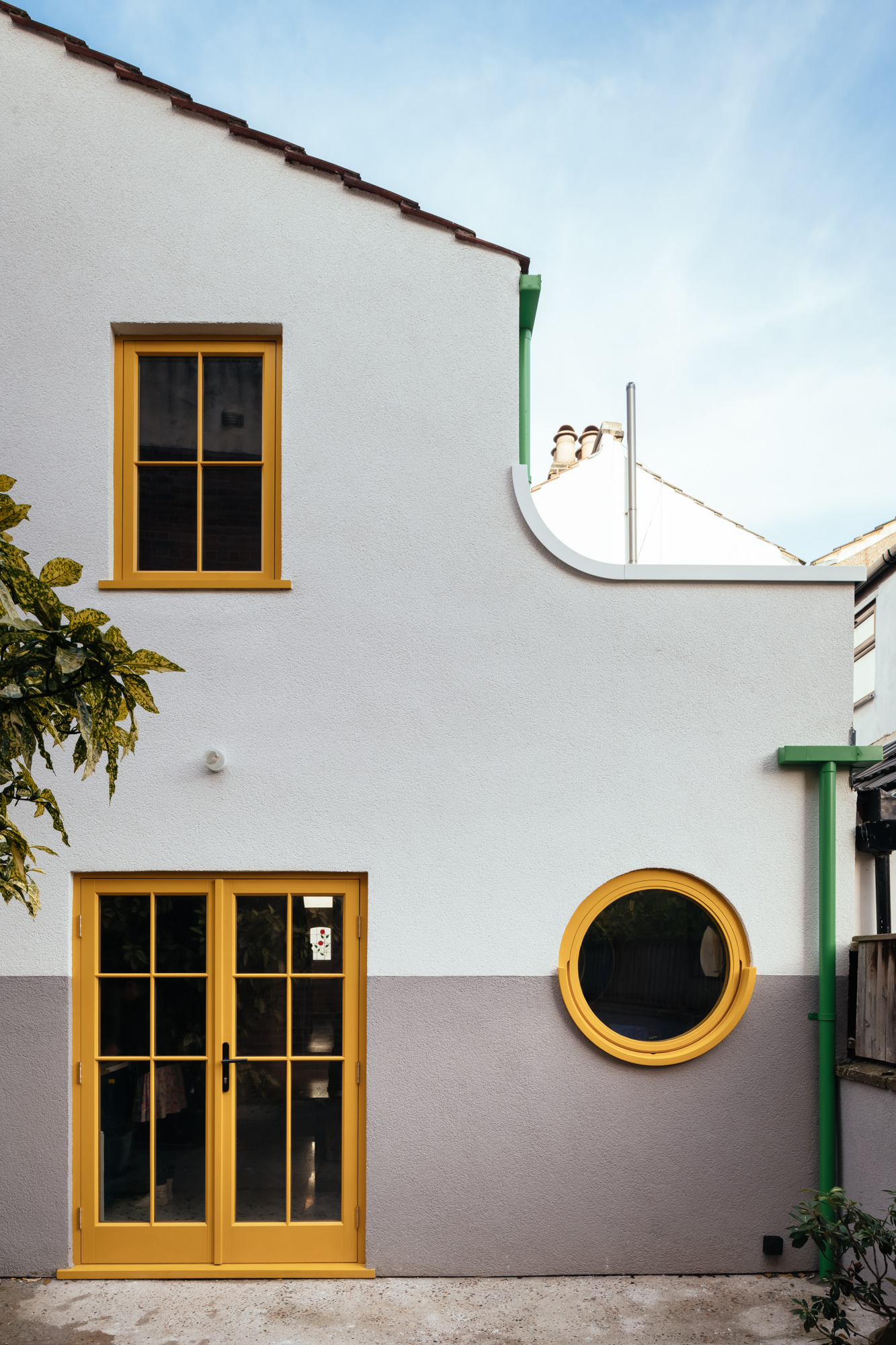
Charles Holland’s refresh of an east London house
‘I’ve always loved Charles’ work and his writing about domestic architecture. I thought that was spot on,’ says Wiles, an ex-deputy editor of Icon magazine and author of the novel Care of Wooden Floors, amongst others. ‘And if you can count a world-class architect as a friend, you may as well make use of them.’
Deal signed, architect and client first set on tackling the rear of the house. ‘It would have been easier to demolish and build a new extension,’ says Holland, ‘but we wanted this to be a story of how you deal with the existing, imperfect stuff. And then how to make it a warm, comfortable efficient house but with a studied architectural distinctiveness and relate it to the particularities of Will and Hazel’s life.’
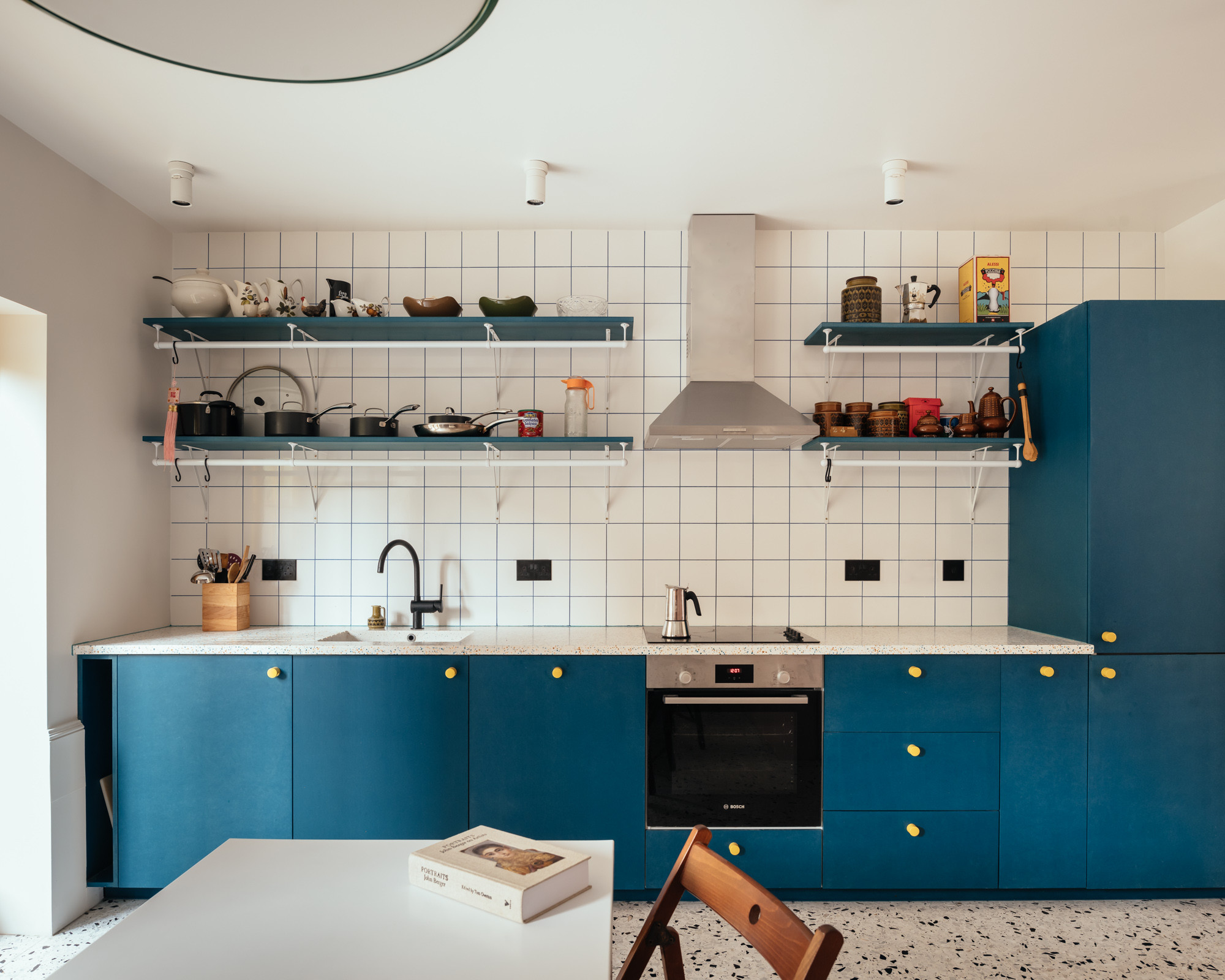
Instead of the usual, open-plan disproportionate prairie of a kitchen, Holland has ingeniously devised a careful sequence of useful, light and charming spaces and micro-rooms. ‘Despite having this variety of spaces, which is what we wanted, it's tremendously harmonious,’ says Will. ‘It’s like it was designed from scratch which is remarkable given the amount to which it bends around what was already there.’
Holland has retained the original structure, adding insulation and removing suspended ceilings, but annexed the side return. Smartly, Holland left a small square chunk of open courtyard next to Will’s little but light-filled new study. ‘If you go to the Sir John Soanes Museum, you see that his actual study is tiny,’ says Wiles. ‘It doesn’t need to be a full-size room.’
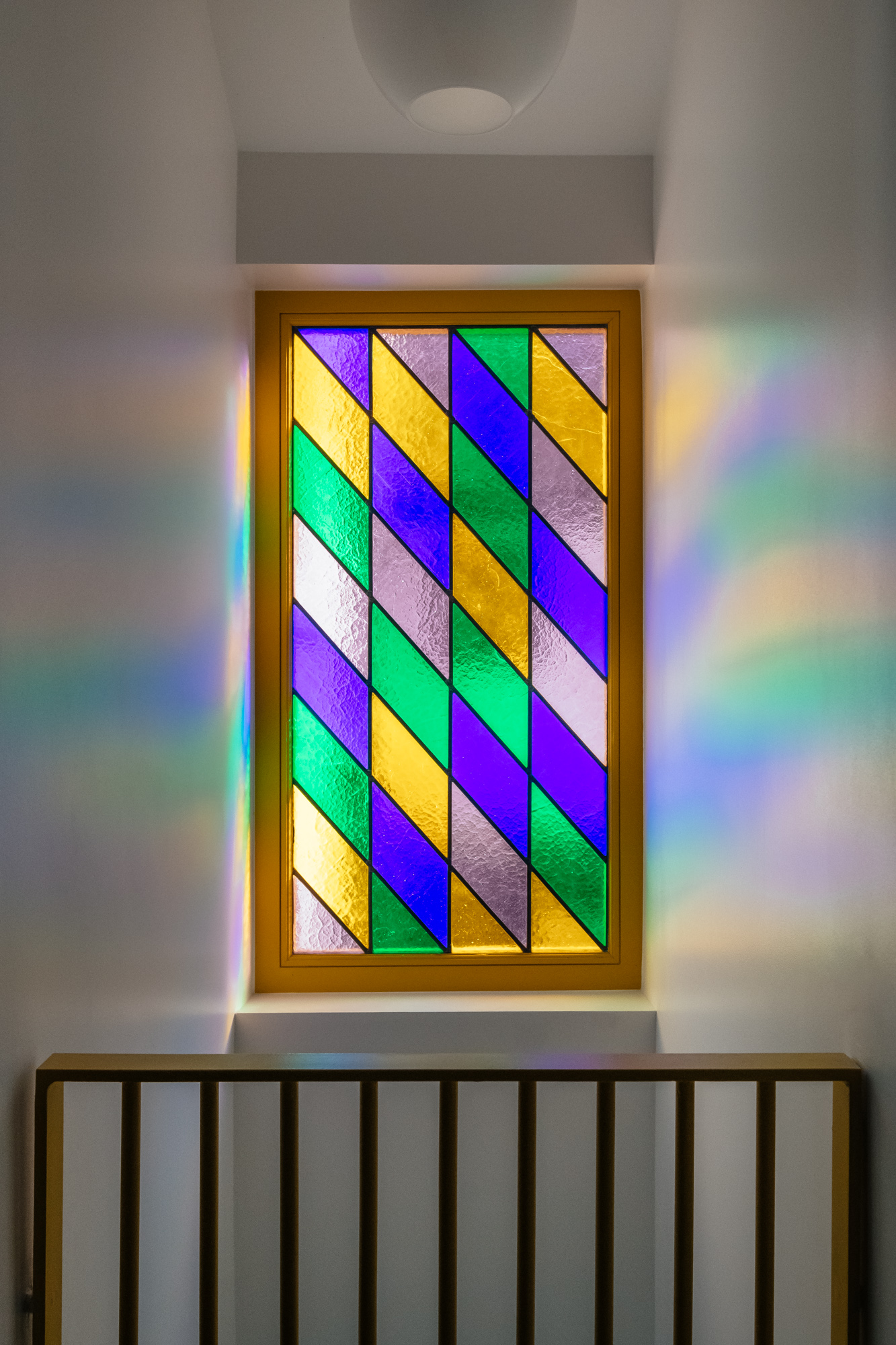
Underneath the stairs, Holland has squeezed a thin sequence of small utility rooms and a new WC with flush doors. All these new spaces are linked to the front rooms of the house, with Victorian mouldings and an extending and exaggerated skirting board that holds its position as the house steps down towards the garden, starting at ground level and rising to 0.6m at the rear of the house. A split pink and white colour scheme, with borders above a dado rail, creates what Holland calls a ‘painted datum’.
The defining feature of the extension, though, is a run of three circular, mustard yellow-framed windows, one looking out to the garden and two bullet-holing Wiles’ study, sucking in light from both the garden and the courtyard. That sequence of circles is echoed in the barrel ceiling over what is now the dining space.
Receive our daily digest of inspiration, escapism and design stories from around the world direct to your inbox.
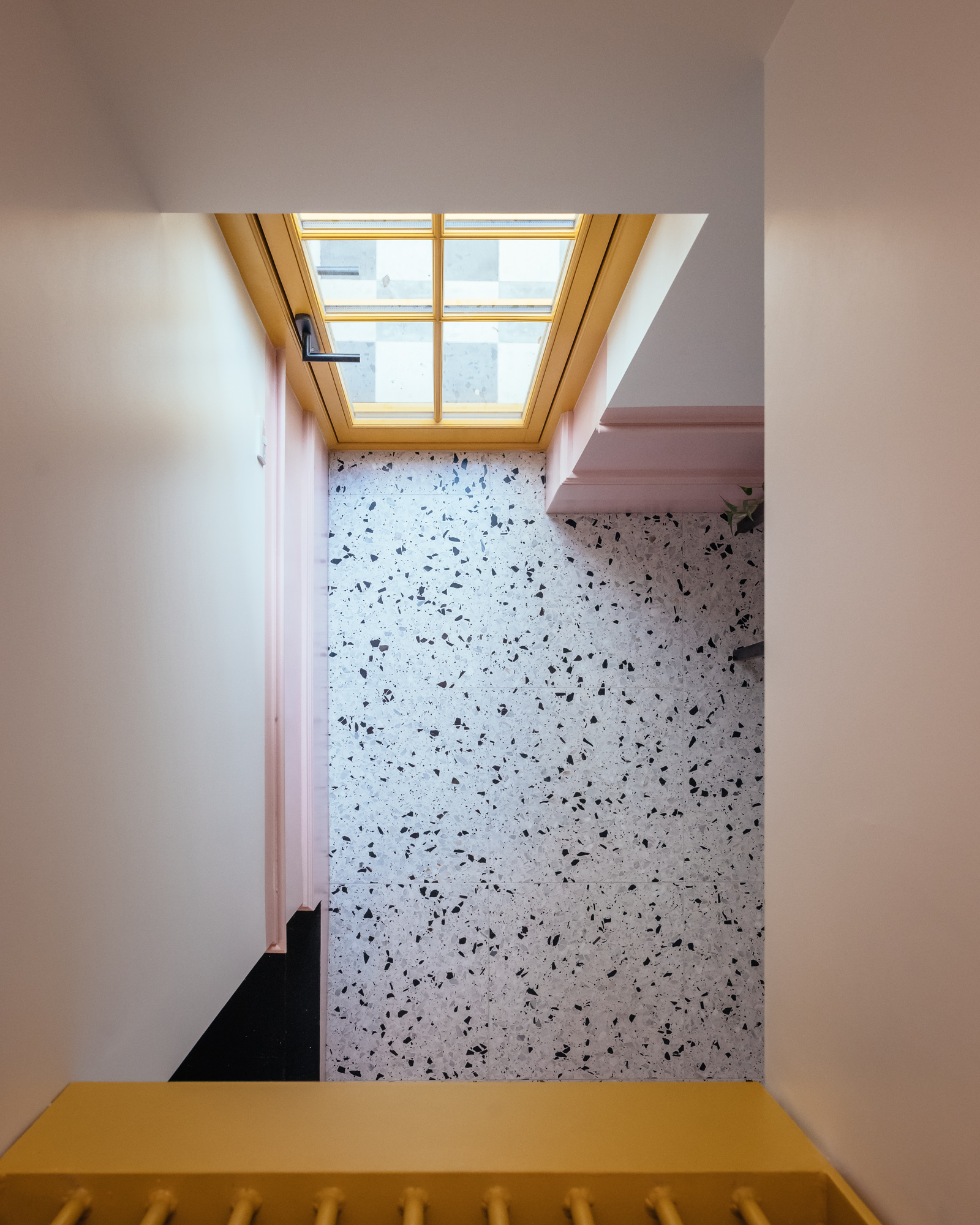
Building out from the rear of a terraced house and annexing a side return can plunge front rooms into permanent gloom, a problem the clients were keen to avoid. Holland’s solution not only brings in and shares light with the rest of the house, it gives that light variety.
Removing a section of the ceiling above the courtyard has created a lightwell between the front and rear sections of the house. And a new first-floor stained glass window provides privacy and, in the right conditions, an op-art light show.
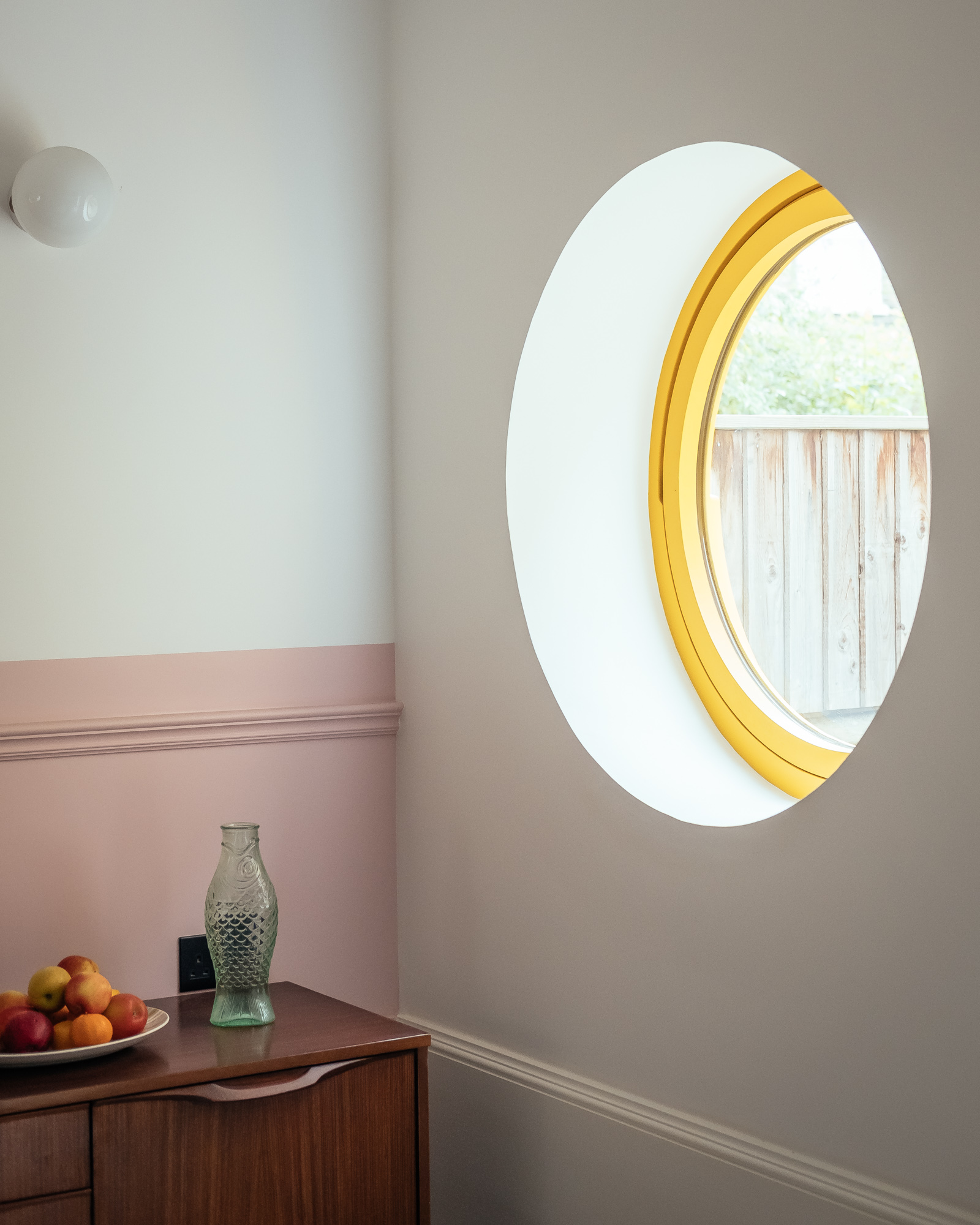
‘You get the light coming down in the middle of the plan, the stained-glass light. You get different kinds of light rather than just lots of it.’ Wiles says the garden-facing round window can also create a dramatic spotlight effect.
The rear of the house has been finished with a rough render and with the colour scheme mutedly echoing the internal pink and white split. The new side extension meets the original building with a pleasing curve, while the double-glazed windows are again a muscular mustard yellow. The metal guttering, meanwhile, is in jade green. It is all, as Holland says, ‘tightly composed’.
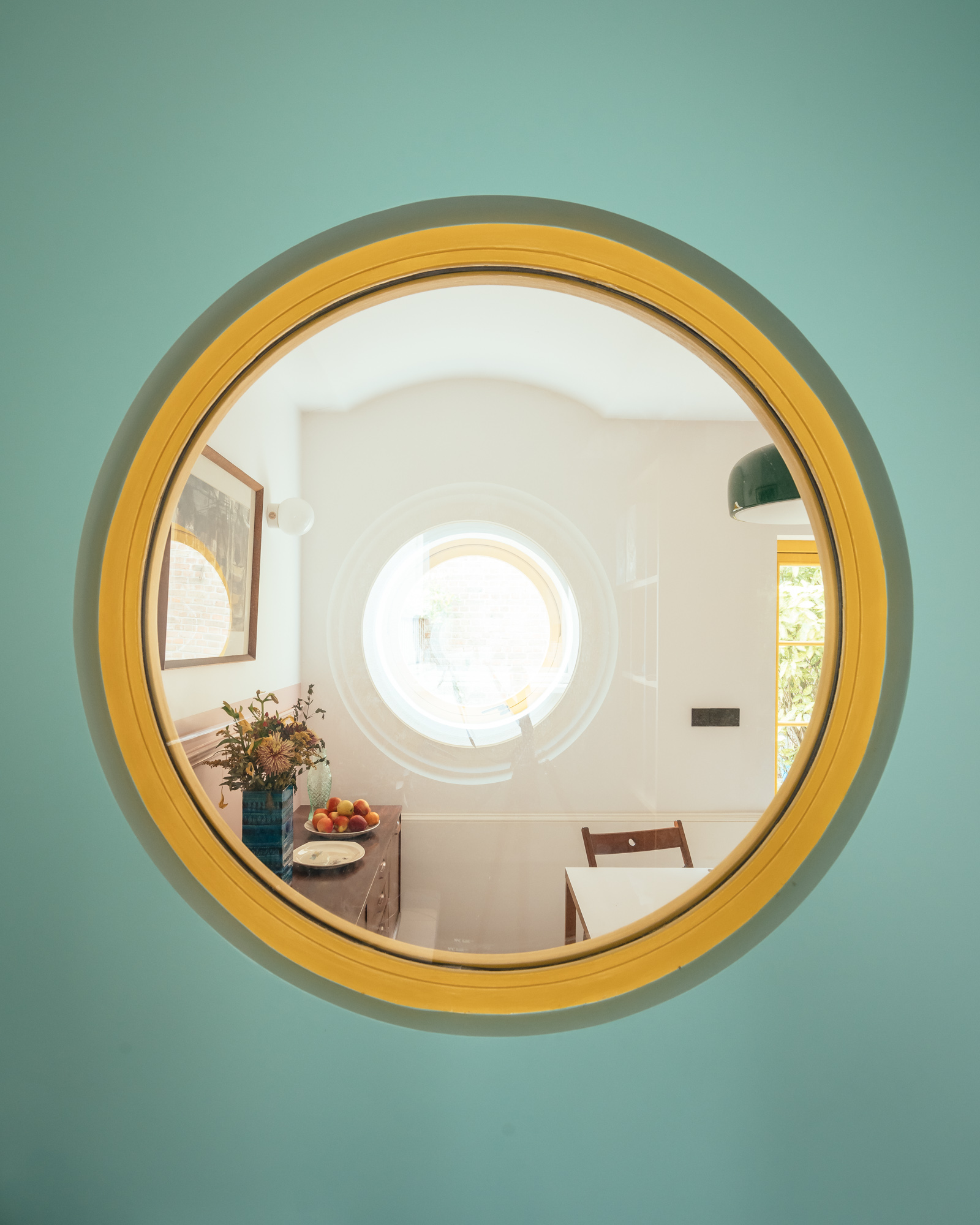
The house was built in 1880 so the renovation involved serious and expensive structural fixes. And work has yet to begin on the second phase of the renovation, a complete reworking of the street elevation.
Pebble-dash render will be removed, original brickwork repaired and a bay window and a porch added, roughly in keeping with the house’s neighbours, but formed in pale pink, polished cast concrete. Holland says this is an admiring nod to Rachel Whiteread’s House (1993), a concrete cast of a Victorian house realised a few streets away.
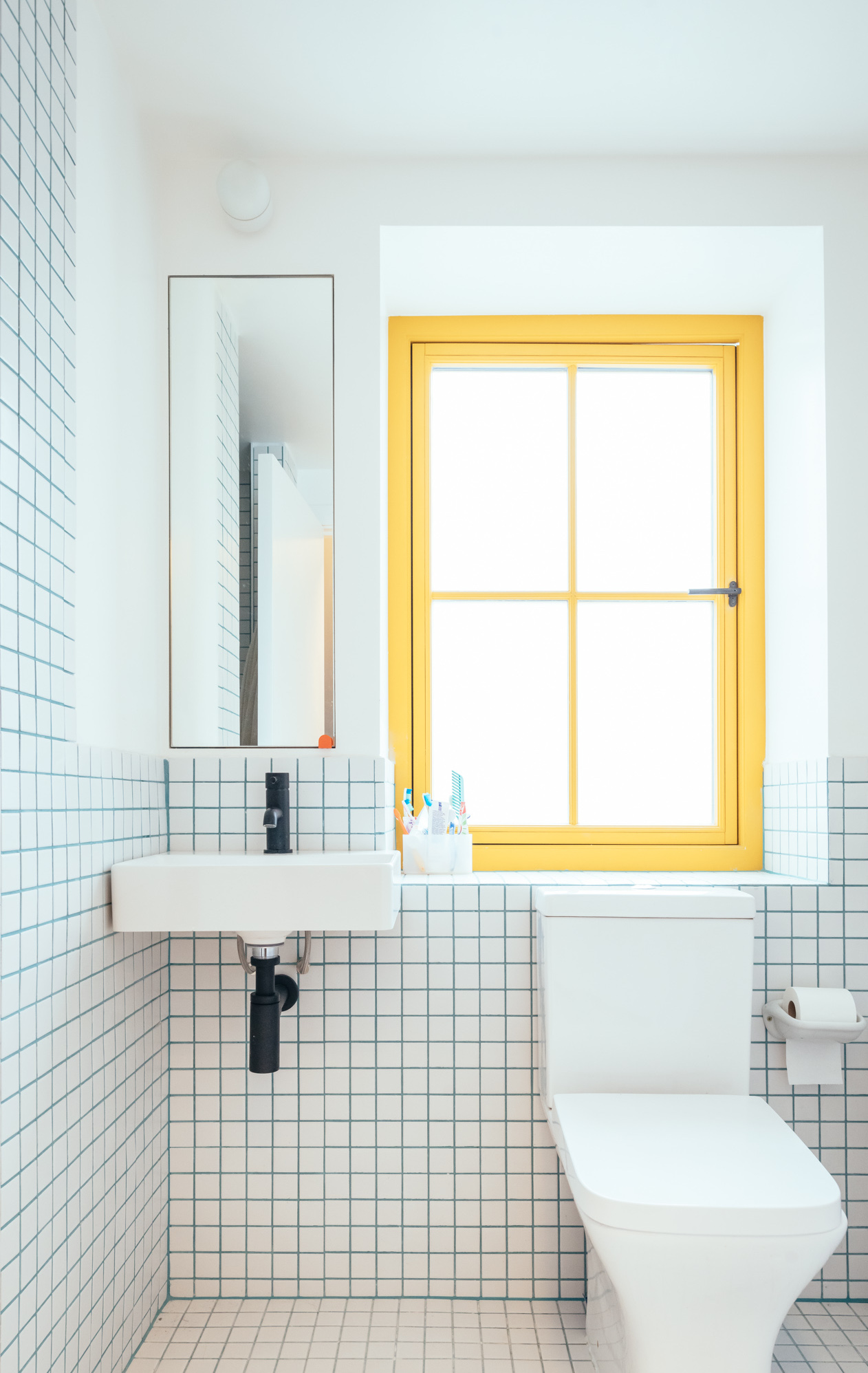
The new bay and porch will only include fragments of mouldings and cornices, again a contemporary remix of Victorian elements rather than a straight-up restoration. ‘I like things that have a sense of ambiguity as to whether they're new, old, modern, historic, that land in a slightly ambiguous space,’ says Holland.
The house is in a conservation area but local planners were enthusiastic about Holland’s design and what it will bring to a cluster of housing rich in history and diverse in add-ons and improvisations. ‘They liked that playful attitude to conservation, which is quite rare,’ says Holland. ‘If you look around these streets, there’s no fixed pattern,’ adds Will. ‘We thought this was an opportunity to make a 21st-century contribution.’
-
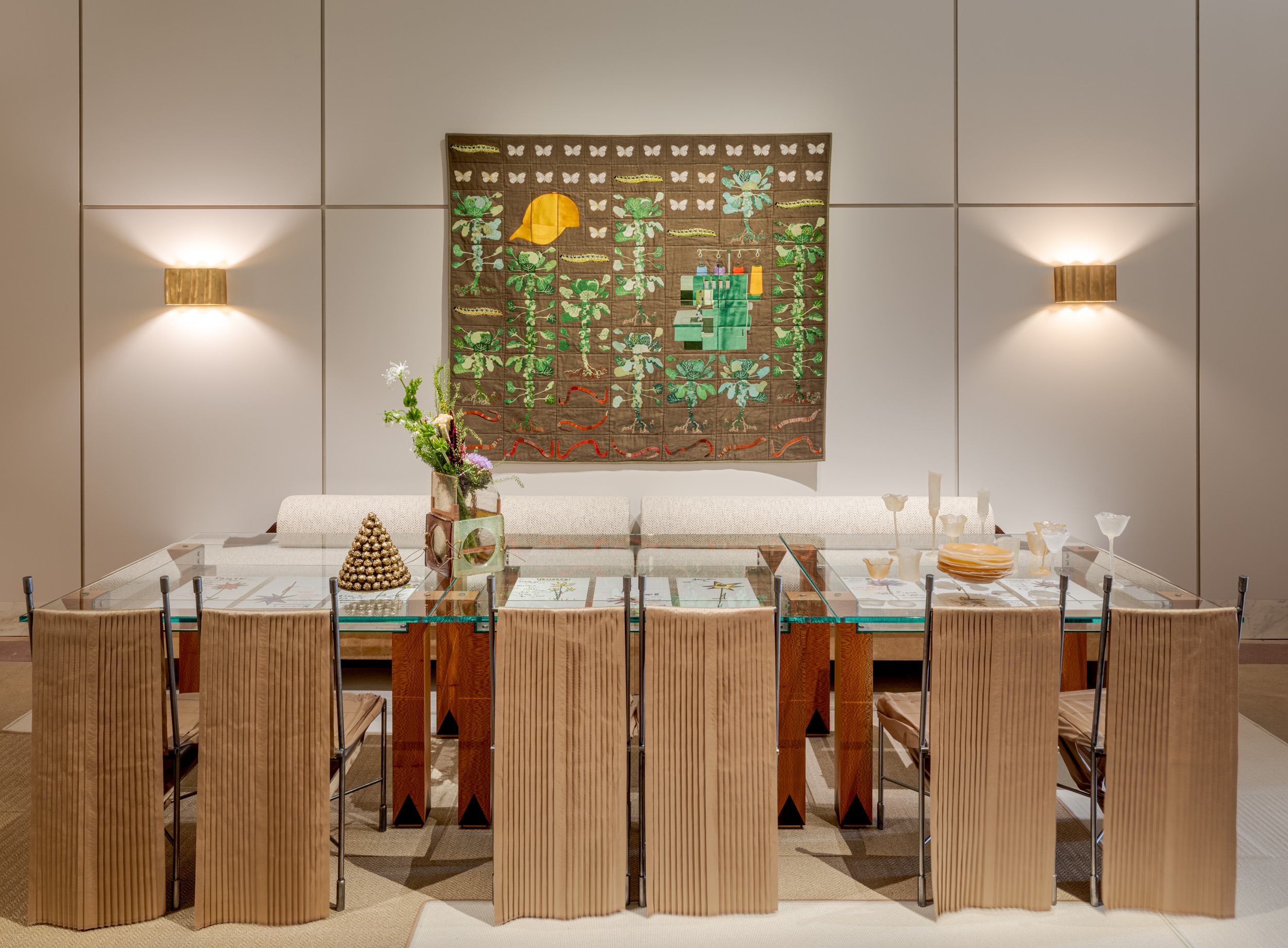 These are the best design exhibitions to see in Paris this week
These are the best design exhibitions to see in Paris this weekAs Design Miami Paris and Art Basel Paris make their return, we round up the best design exhibitions to discover in the city
-
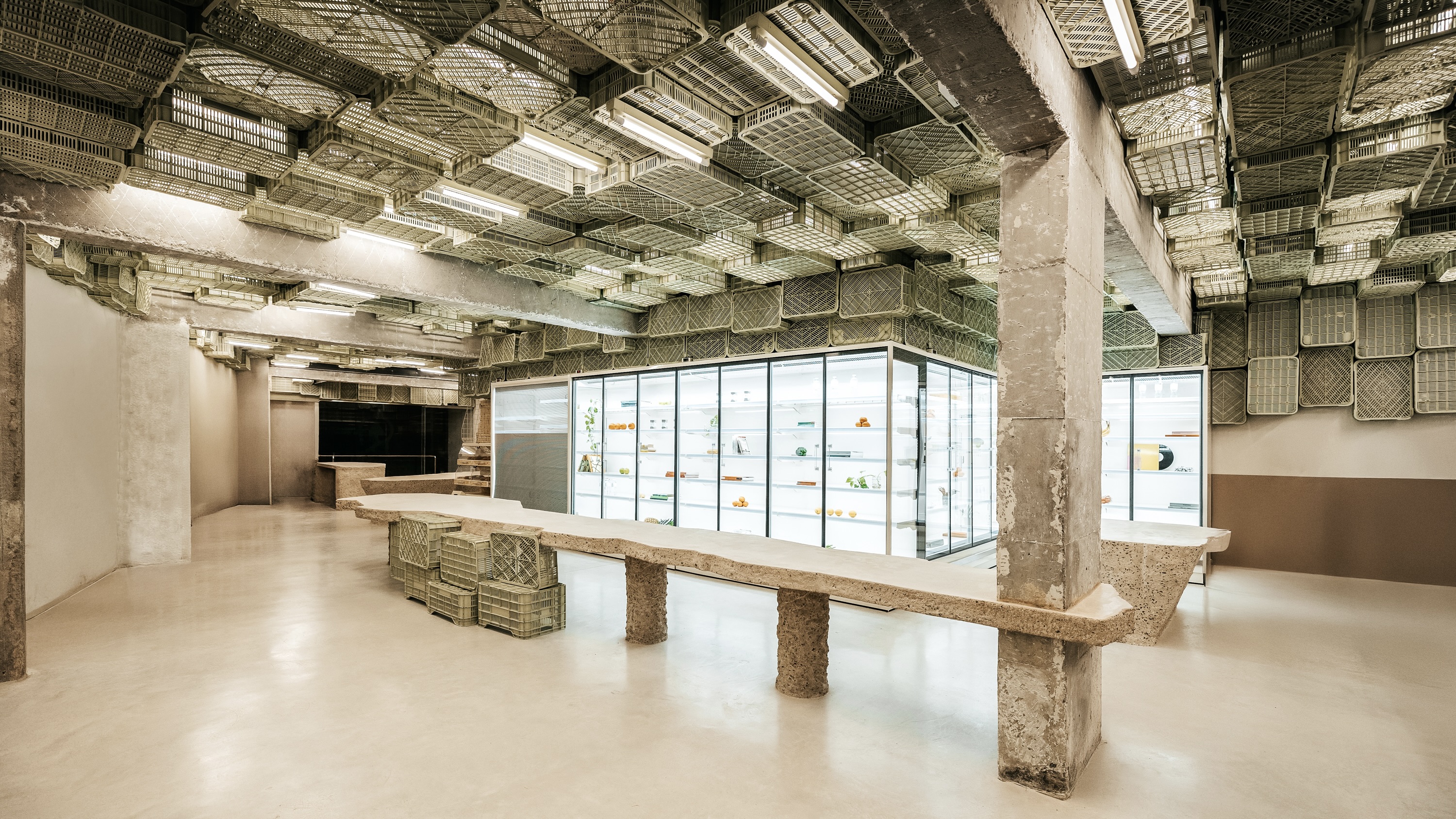 Spice up the weekly shop at Mallorca’s brutalist supermarket
Spice up the weekly shop at Mallorca’s brutalist supermarketIn this brutalist supermarket, through the use of raw concrete, monolithic forms and modular elements, designer Minimal Studio hints at a critique of consumer culture
-
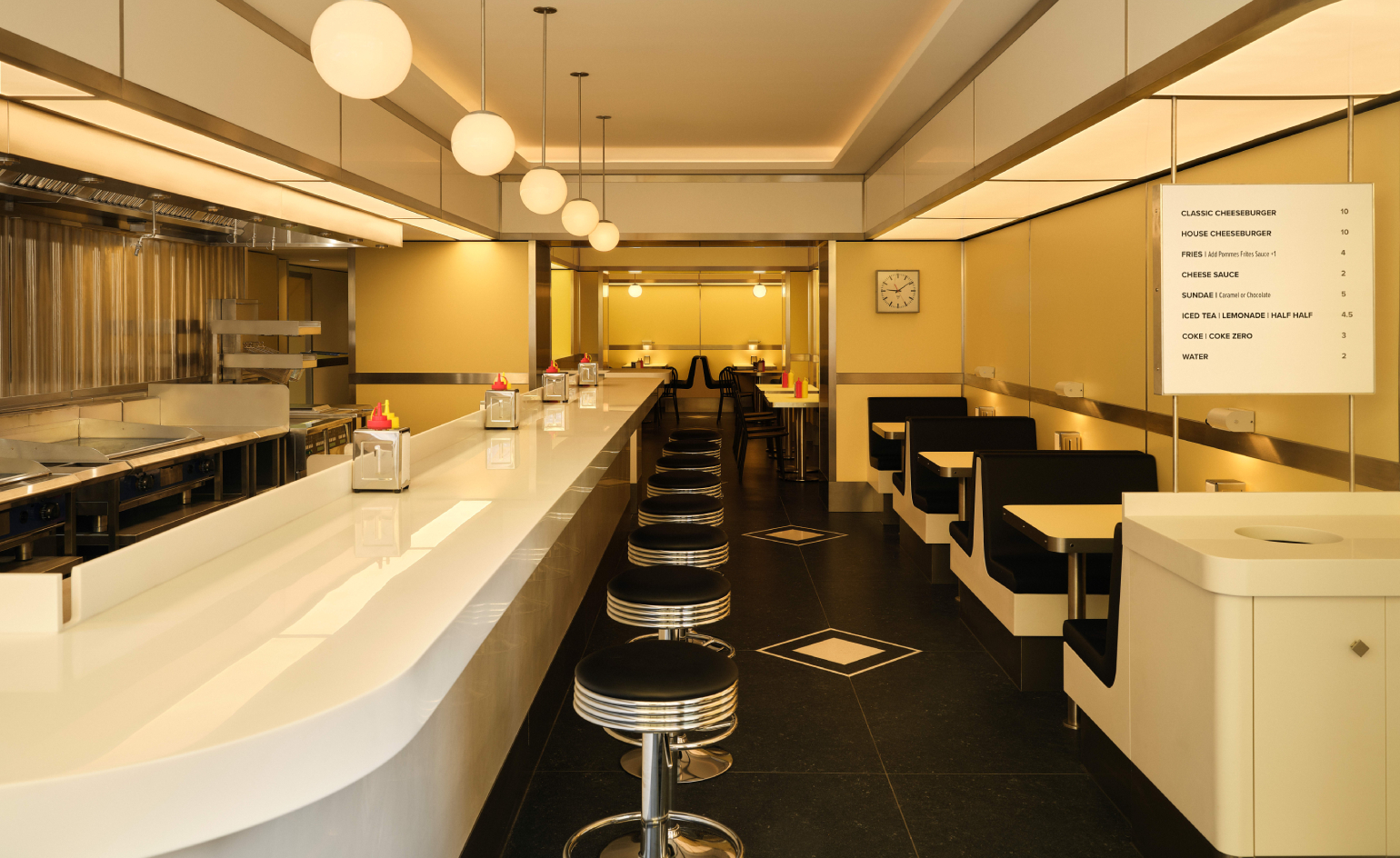 London’s smash burger obsession goes haute with Supernova Mayfair
London’s smash burger obsession goes haute with Supernova MayfairNew York designer Sarita Posada taps into 1970s nostalgia and cinematic restraint for the group’s third outpost in the British capital
-
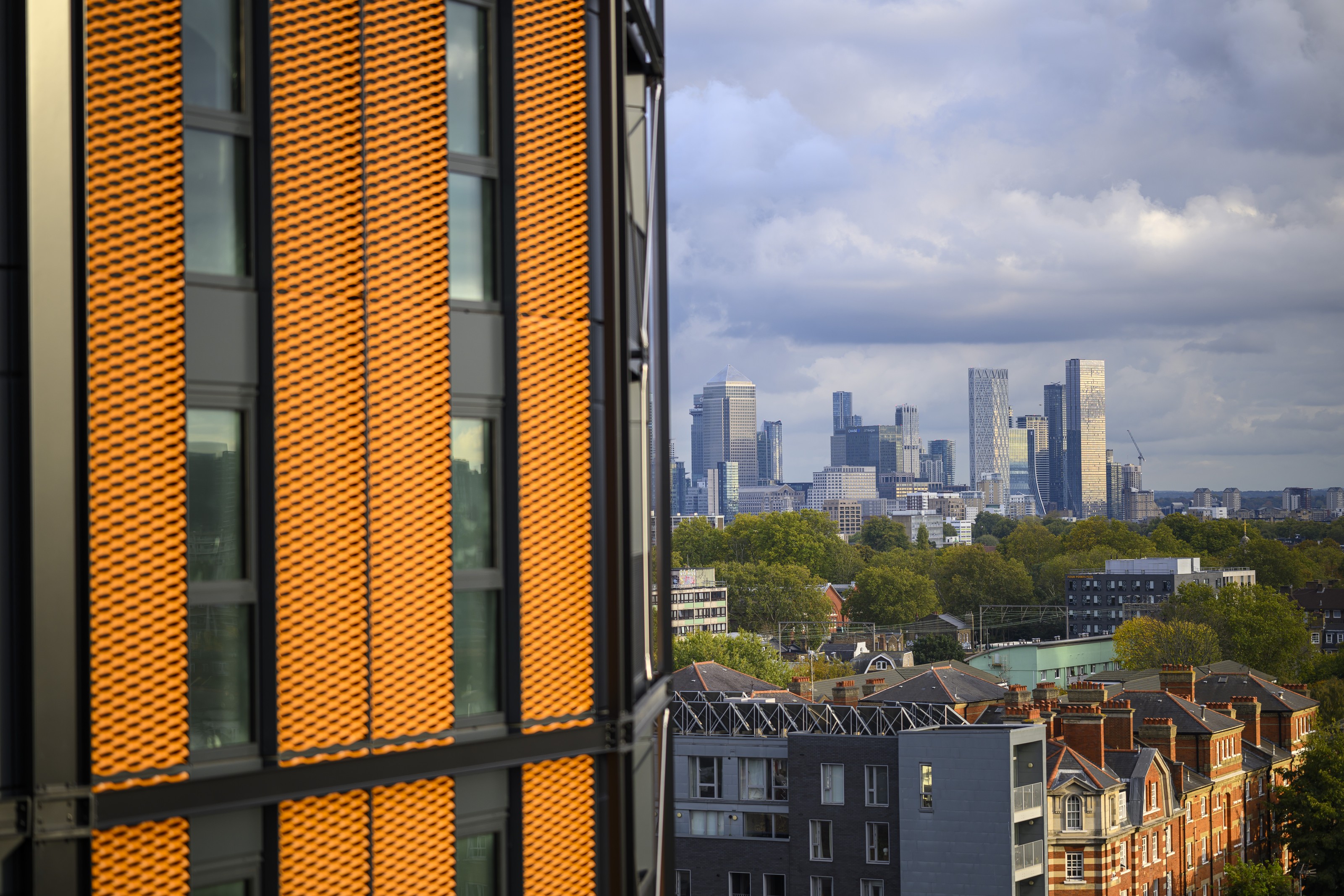 Join us on a first look inside Regent’s View, the revamped canalside gasholder project in London
Join us on a first look inside Regent’s View, the revamped canalside gasholder project in LondonRegent's View, the RSHP-designed development for St William, situated on a former gasholder site on a canal in east London, has just completed its first phase
-
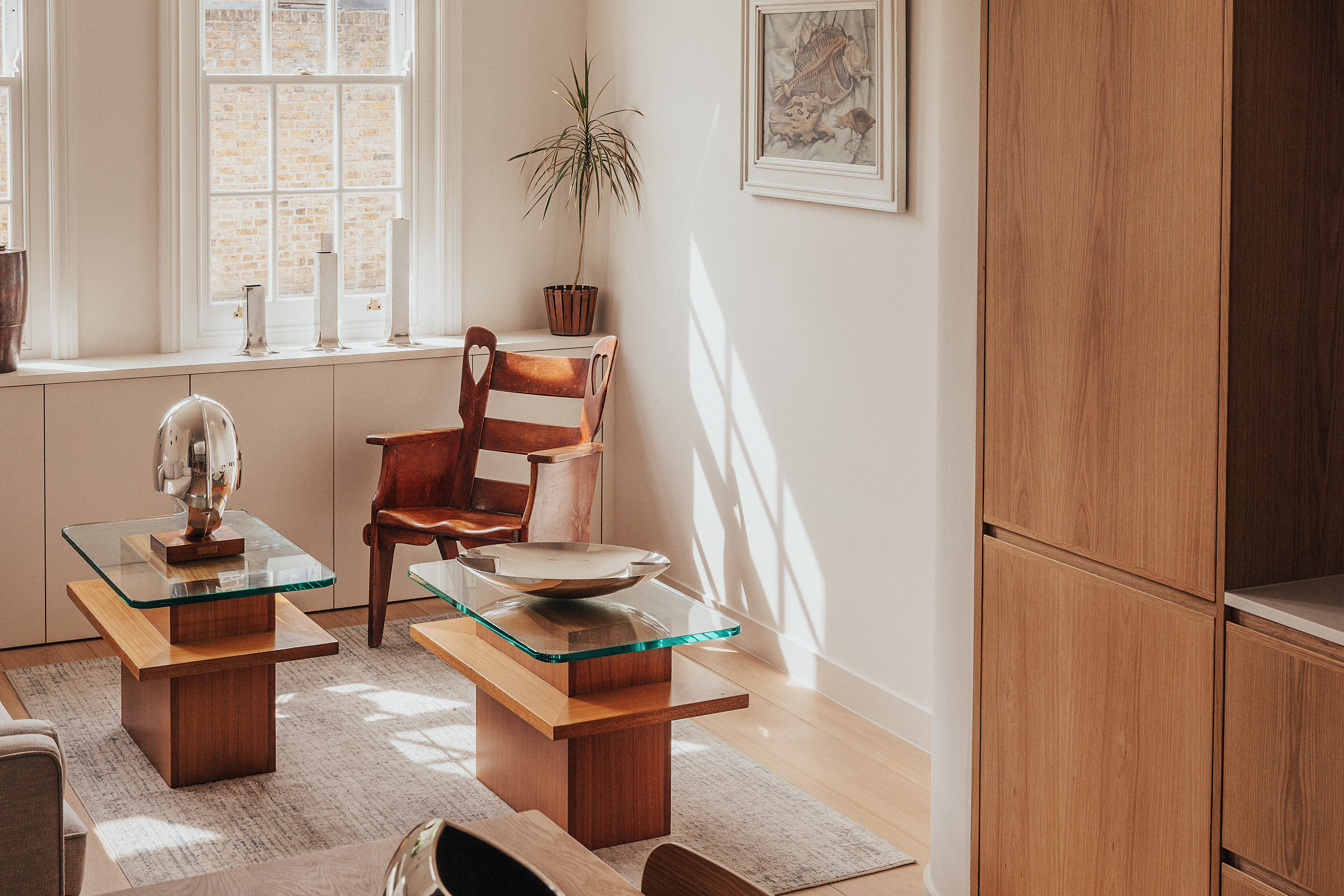 Tour this immaculately composed Islington house for an art collector who loves entertaining
Tour this immaculately composed Islington house for an art collector who loves entertainingAn Islington house by Emil Eve Architects, on coveted Thornhill Road, combines warm minimalism and some expert spatial planning
-
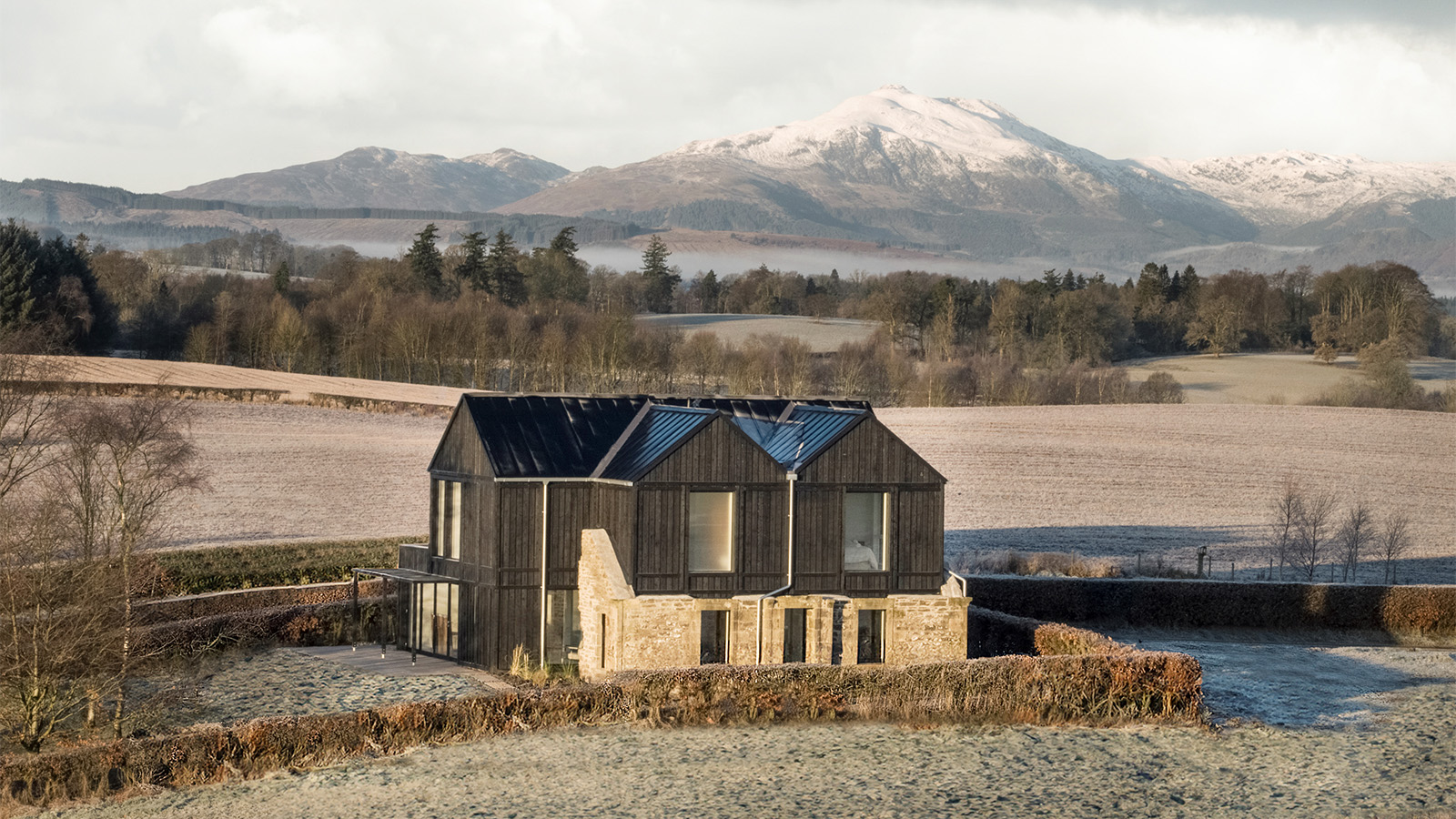 In Scotland, a derelict farmer’s cottage turns contemporary home
In Scotland, a derelict farmer’s cottage turns contemporary homeBlack and Stone is the reimagining of a 1930s farmer’s cottage that celebrates its historic nature and Scotland’s dramatic scenery
-
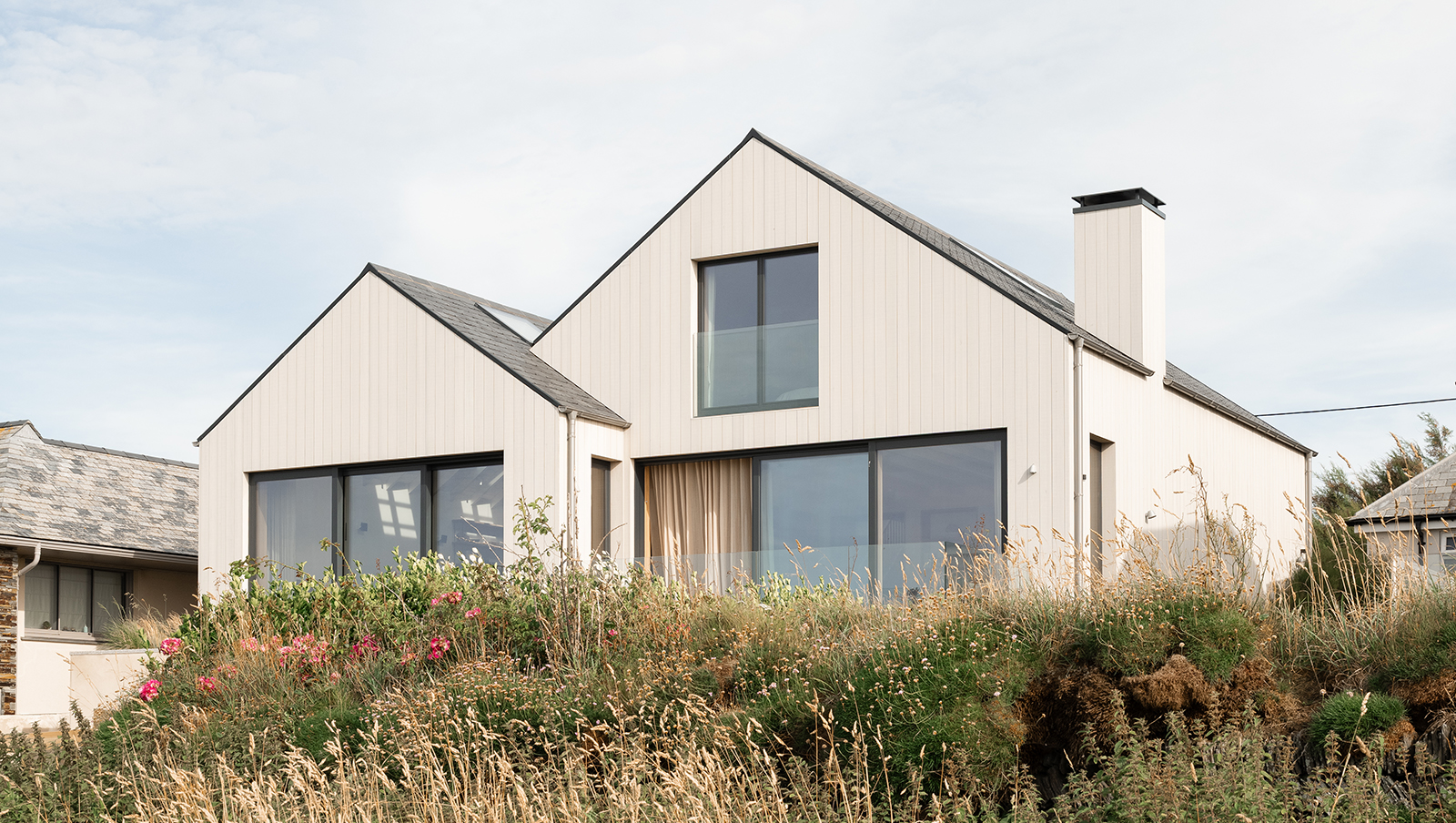 A Cornish coastal home that flows like the tide and landscape
A Cornish coastal home that flows like the tide and landscapeOn the north coast of Cornwall, De Rosee Sa design a retreat shaped by surfing, sea views and natural materials, offering its owners a life of comfort and calm
-
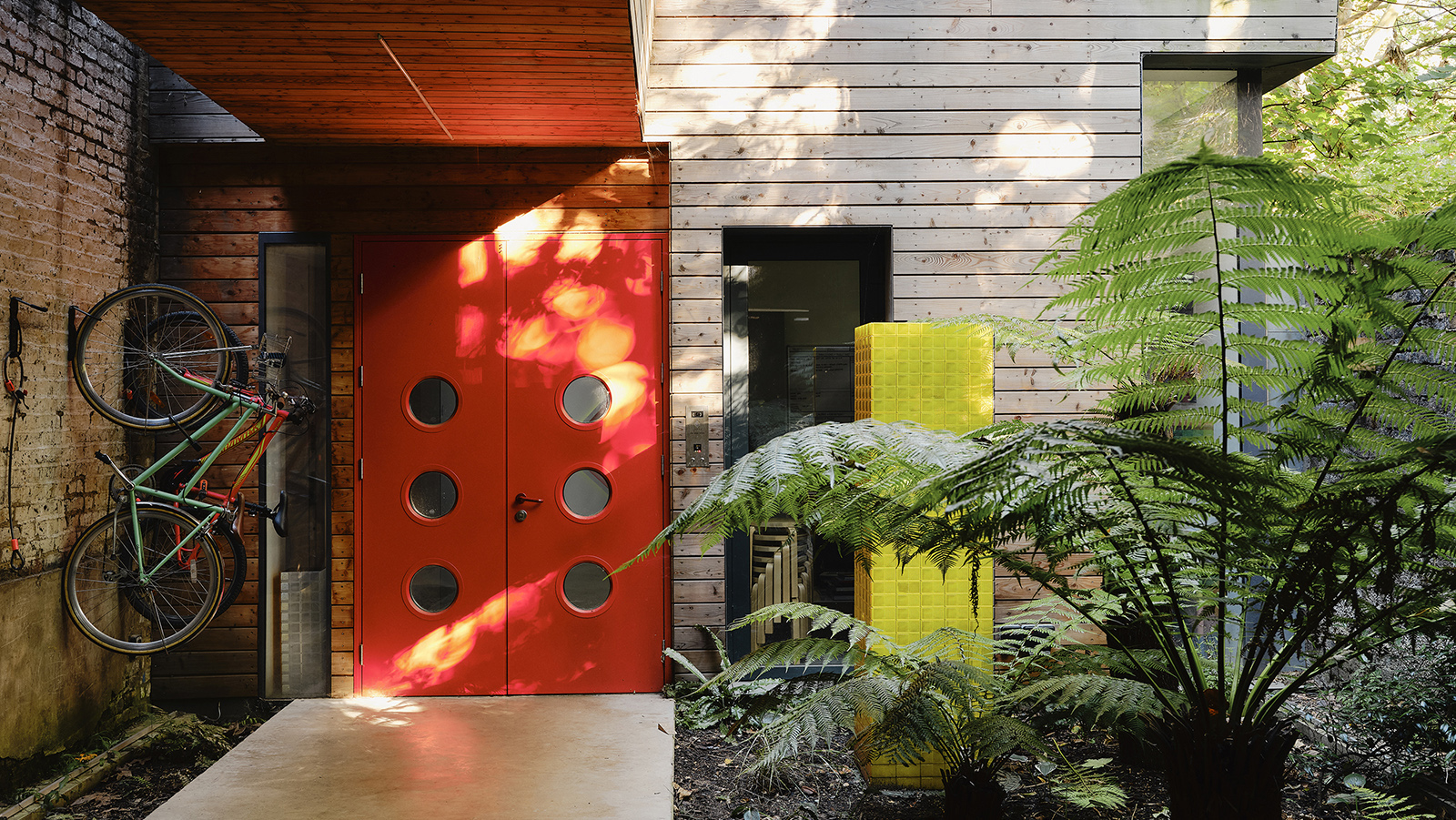 The new 2025 London Open House Festival tours to book
The new 2025 London Open House Festival tours to book2025 London Open House launches this weekend, running 13-21 September; here, we celebrate the newcomers in the residential realm, flagging the exciting additions to the festival's growing home tour programme
-
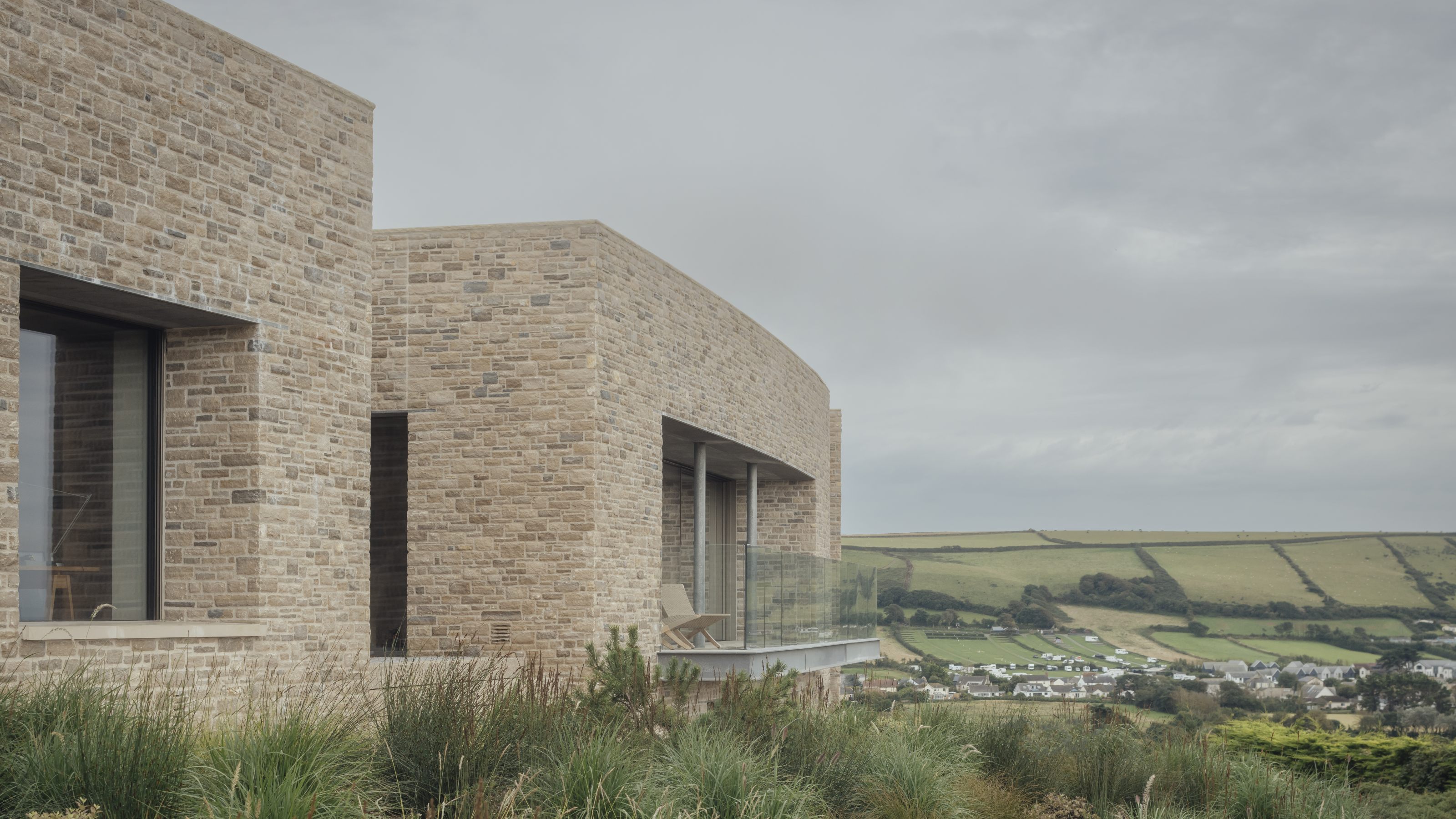 Bay House brings restrained modern forms and low-energy design to the Devon coast
Bay House brings restrained modern forms and low-energy design to the Devon coastA house with heart, McLean Quinlan’s Bay House is a sizeable seaside property that works with the landscape to mitigate impact and maximise views of the sea
-
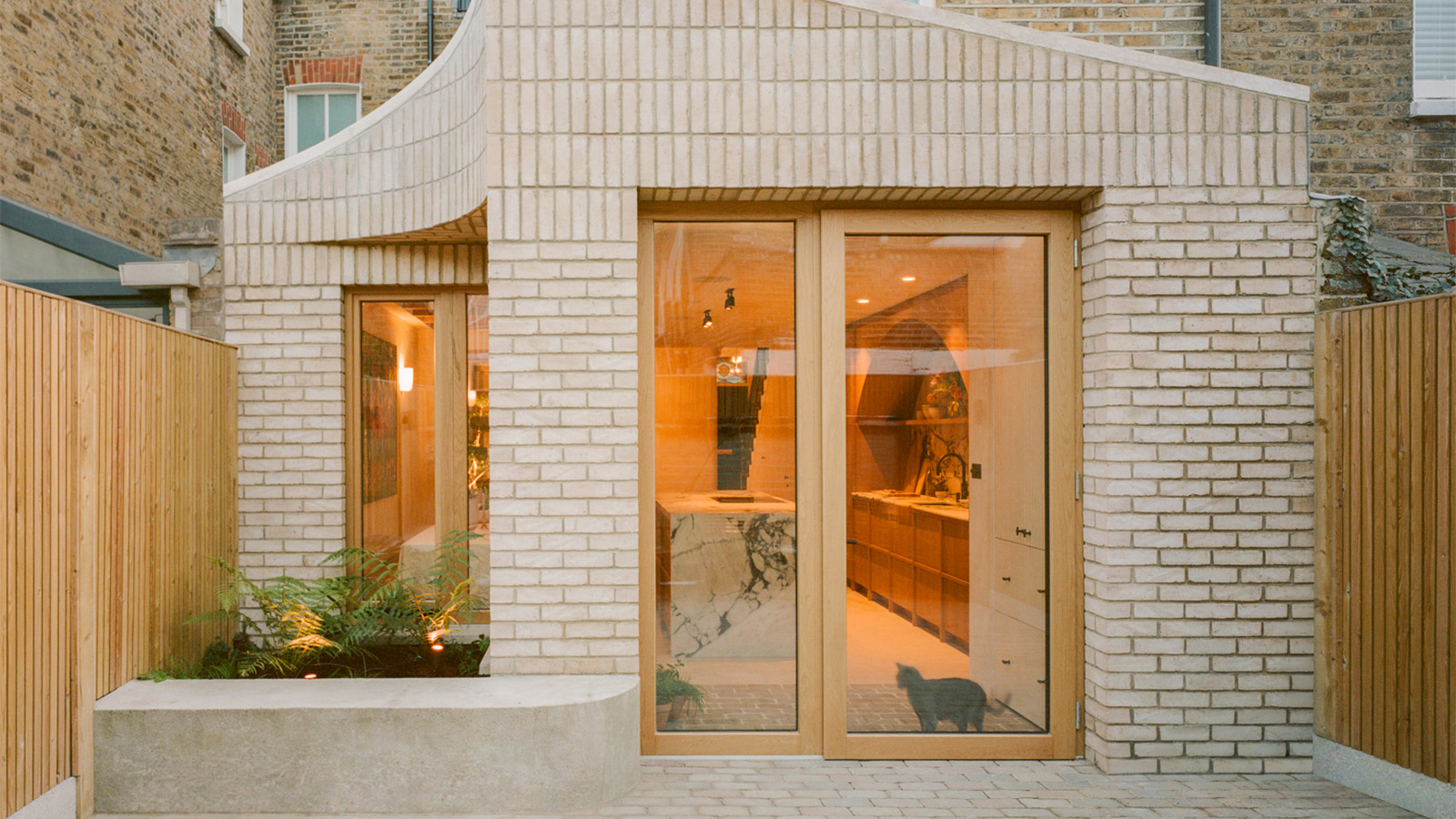 A refreshed Victorian home in London is soft, elegant and primed for hosting
A refreshed Victorian home in London is soft, elegant and primed for hostingSobremesa house by architects Studio McW shows off its renovation and extension, designed for entertaining
-
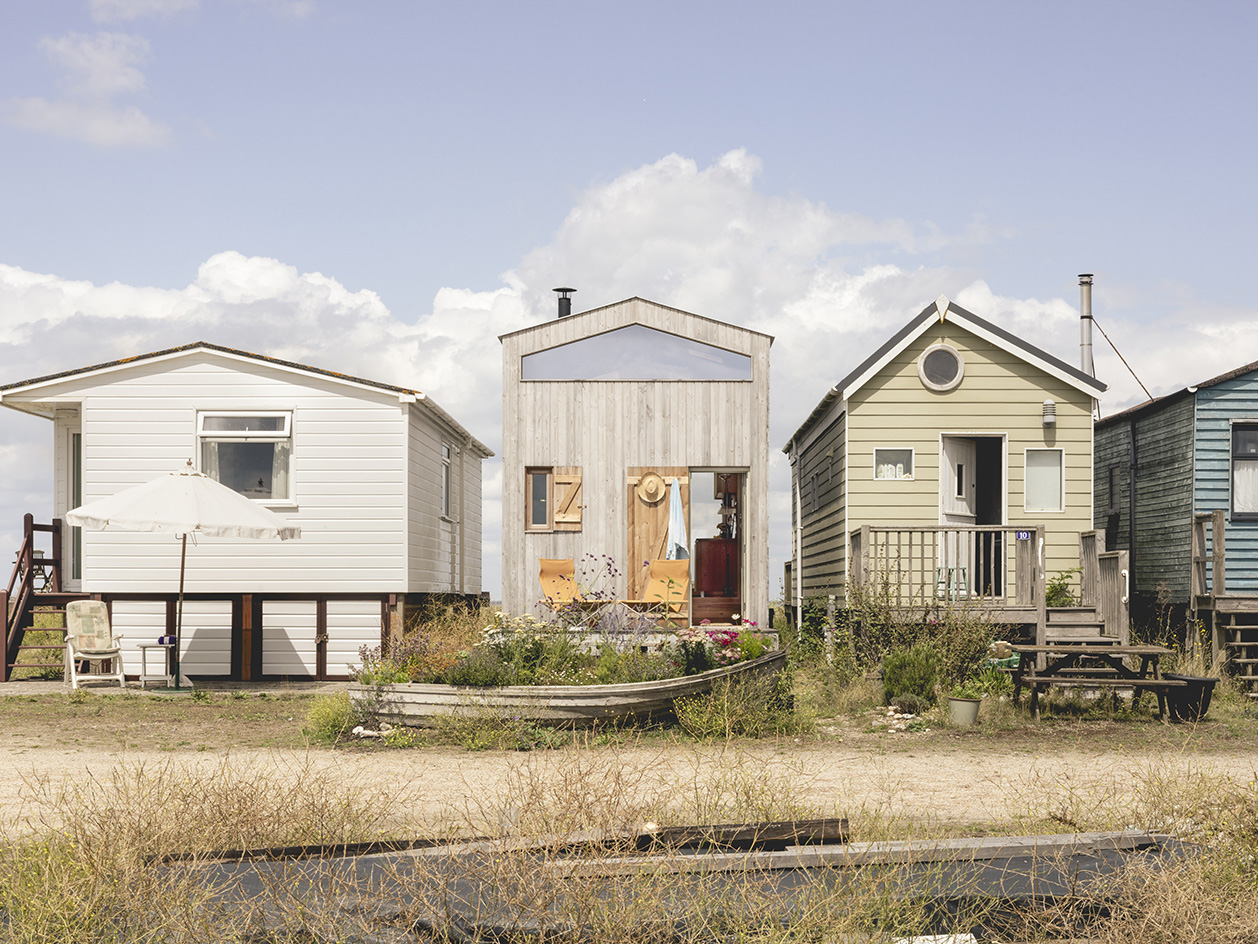 Tour this compact Kent coast jewel of a cabin with Studiomama
Tour this compact Kent coast jewel of a cabin with StudiomamaJack Mama and Nina Tolstrup take us on a tour of their latest project – a small but perfectly formed Kent coast cabin in Seasalter, UK